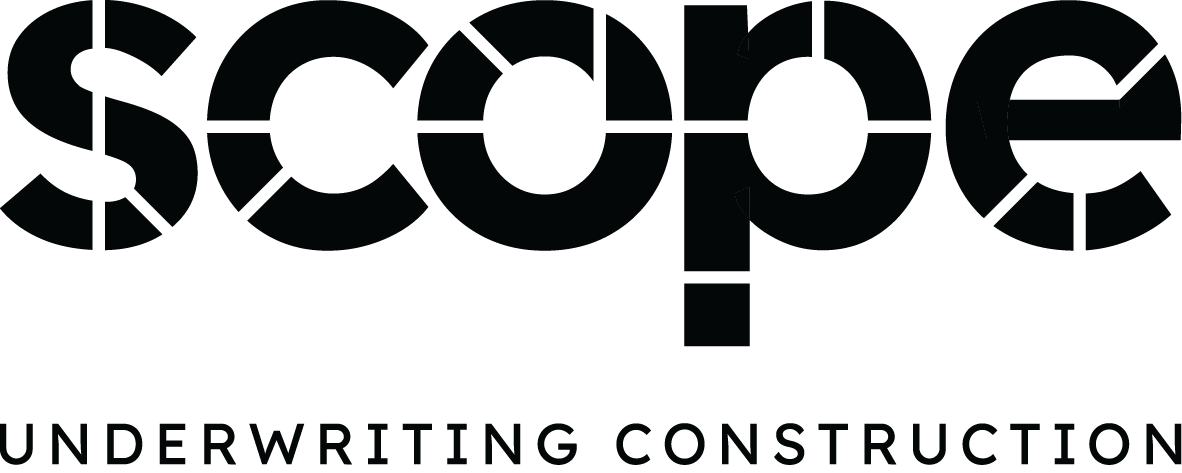Typically, a PAI program will include Public & Products Liability, Professional Indemnity (for design elements), Contractors All Risk and increasingly Environmental Liability. At its simplest, PAI programs are straightforward; the principal or owner is responsible for purchasing insurance for the construction project that includes cover for all contractors and subcontractors involved. Below we will investigate some of the benefits and possible disadvantages of PAI programs.
Benefits of a PAI program
• More control of the cost of the insurance program. Not relying on others to arrange and ‘charge back’ the cost of insurance.
• Helps to minimise or eliminate contractor tender markup as they no longer need to include ‘insurance costs’.
• Certainty of Limits of Liability – contracts and subcontractors may have low Limits of Liability (e.g. $10m Public & Products Liability vs $20m that is required for the project).
• Certainty of coverage that is tailored to the project – not relying on contractor and subcontractor policies that may be inferior leaving gaps in cover and therefore exposures for the principal or owner.
• The PAI administrator takes full responsibility for handling claims and safety initiatives, which may increase loss control objectives of all parties involved.
• Enables coordinated medical treatment for injuries.
• Reduces the concern of contractors or subcontractors’ insurance lapsing or being cancelled. The PAI program remains fully operative for the duration of the project.
• PAI programs can provide coverage for investigation for work-related accidents and injuries, and defences against claims. This decreases the investigation’s legal costs.
• Coverage brings all participants together as co-defendants in construction defect claims.
• Aggregates Limits of Liability are ‘ringfenced’ and not eroded by claims from other projects.
• PAI program administrators can ensure the program complies with all the necessary statutory and insurance requirements.
• Certainty the Defect Liability Period is matched to the requirements of the contract.
Possible Disadvantages of a PAI program
• The PAI is responsible for ensuring coverage is sufficient to cover the full scope of works and parties involved in the project. It’s possible, coverage may not be as broad as the contractors or subcontractors already have in place.
• Time and resources to source, review and place the various insurance policies.
• Possible additional premium costs if the project is completed at a higher final value than originally estimated or an extension in the Period of Insurance is required. However, the reverse is also possible if the project is completed under budget and within the estimated construction period.
• May be more difficult to manage contractor and subcontractor performances concerning insurance-related claims.
• Coverage arranged under a PAI program may be inferior to the coverage already in place for the contractors or subcontractors. In order to maintain their level of cover, they may incur additional costs from their insurer.
• There may be a lack of clarity as to the calculations for insurance costs being passed through to the contractors and subcontractors.
• The cost of the PAI program may exceed the actual insurance costs that can be achieved by the contractors and subcontractors for similar coverage.
• Workers Compensation won’t be included in a PAI program and contractors and subcontractors remain responsible for this insurance.
• Depending on the size of the project and the retention strategy of the principal or owner, deductibles/excesses may be considerably higher than contractors or subcontractors have under their own policies. This could lead to contractors and subcontractors having to procure deductible/excess buy down policies.
In Australian Standard Contracts, such as AS4000 (General Conditions) and AS4300 (Design and Construct), the Insurance section will provide two Alternatives for the Contracting parties to agree upon and confirmed in the Annexure of the Contract. These two options being, Alternative 1 (Insurance Arranged by the Contractor) and Alternative 2 (Insurance Arranged by the Principal), these clauses will be individually available for Contract Works and Third Party Liability. Therefore, the party responsible for procuring Insurance is a negotiation that needs to occur before terms are agreed.
Securing the best insurance for your project(s) is critical and complicated. For more detailed information or to discuss your insurance needs in more detail, please call Scope Underwriting on 1800 942 972 or send us an email at enquiry@scopeuw.com.au



